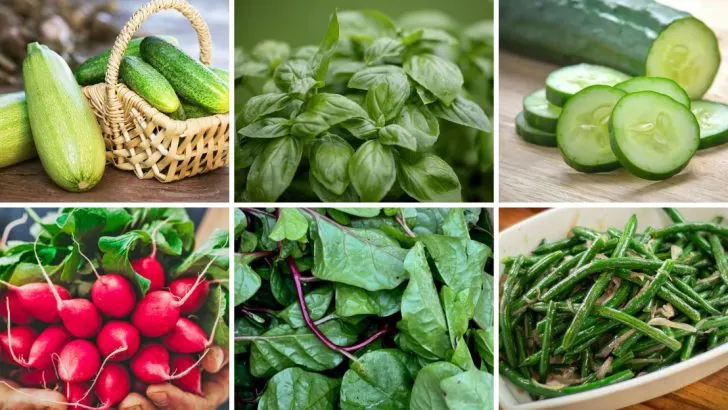June hits, and suddenly it feels like the planting window is starting to close. You meant to get everything in the ground weeks ago, but life happened—and now you’re wondering if it’s too late. The good news? There’s still time to get plenty of things growing, as long as you know what to plant now.
Some crops and flowers actually prefer the warmth of late spring and early summer, and others are fast enough to catch up before the season wraps. You won’t be stuck staring at empty beds all summer. These 24 plants are still fair game in June—and they’ll give you a solid return on whatever space you’ve got left.
Zucchini
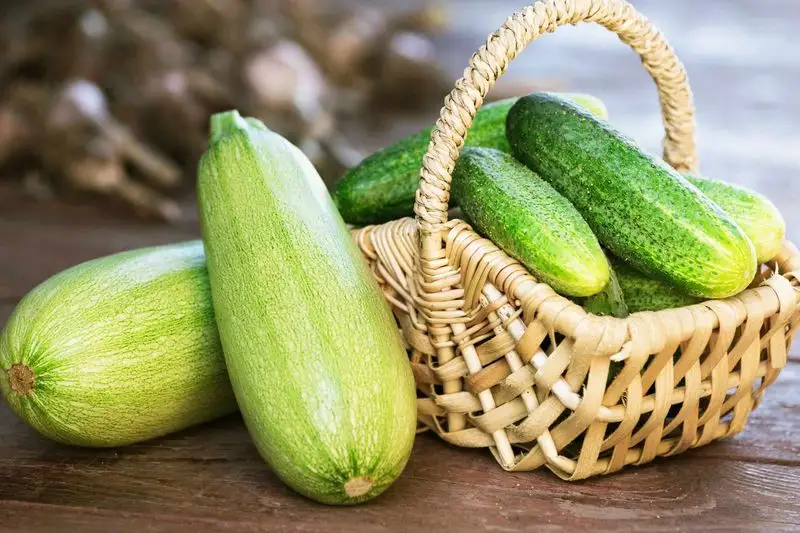
Zucchini, a summer squash known for its prolific growth, can still be planted in June. Start by selecting a sunny spot in your garden, as zucchini thrives with ample sunlight.
Plant seeds directly into the soil, ensuring it’s well-drained and enriched with compost. Within a few weeks, you’ll notice yellow blossoms, a precursor to the delicious fruits.
An interesting tidbit: zucchinis are technically fruits, not vegetables! By mid-summer, your garden will be bursting with these versatile gourds, perfect for grilling, baking, or tossing into salads.
Basil

Basil, with its aromatic leaves, is a culinary staple that can be planted as late as June. Opt for a sunny windowsill or a garden spot where it can bask in the sun for at least six hours a day.
The plant’s fragrant leaves are not only a delight in dishes but also act as a natural insect repellent. Regular pruning encourages bushier growth, allowing you to harvest more.
Did you know? Basil is considered a symbol of love in Italy. Grow your basil, and flavor your summer dishes with fresh, homegrown goodness.
Cucumber
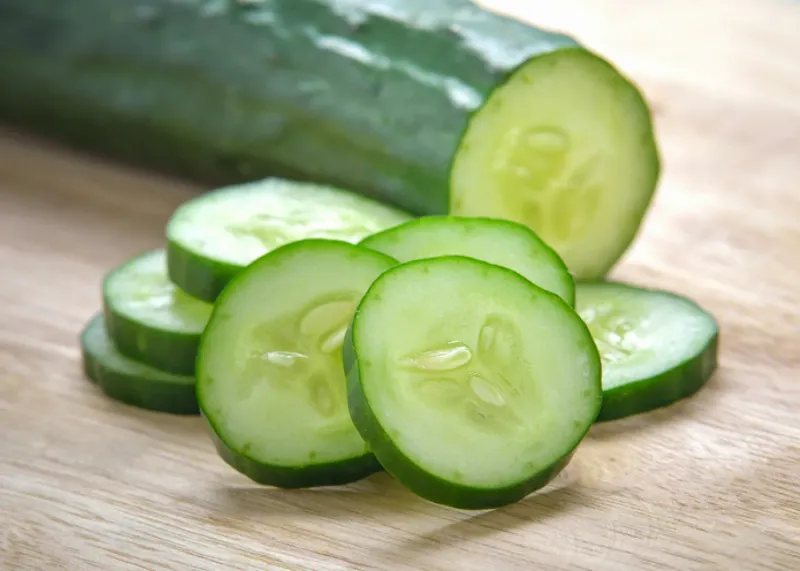
Cucumbers are a refreshing addition to any garden, and June is still an acceptable time to plant them. Choose a spot with full sun and ample space for vines to sprawl or climb.
Plant seeds directly into the prepared soil, ensuring adequate water to encourage germination. In no time, you’ll witness delicate yellow flowers, heralding the arrival of crisp cucumbers.
Here’s a quirky fact: cucumbers are 95% water, making them a hydrating snack. Enjoy them fresh or pickled, straight from your garden to your table.
Radishes

Radishes are a quick-growing root vegetable, perfect for impatient gardeners. Sow seeds directly into well-drained soil, and within 30 days, you’ll harvest crunchy delight.
June is an ideal time to plant as they thrive in cooler temperatures, and their spicy bite adds zest to salads and sandwiches. Radishes also serve as excellent companion plants, deterring pests from other crops.
Fun fact: the ancient Greeks revered radishes so much they made replicas in gold. Add these peppery roots to your garden for a quick and rewarding harvest.
Spinach

Spinach, a nutrient powerhouse, can still be planted in June, particularly in cooler climates. Choose a partially shaded area to prevent bolting, a common issue in warm weather.
Sow seeds directly into the soil, keeping it consistently moist for optimal growth. Soon, you’ll be harvesting tender leaves, perfect for salads or sautés.
Did you know? Spinach’s high iron content inspired the creators of Popeye, the sailor man. Whether fresh or cooked, spinach is a versatile green that enriches any dish with its robust flavors.
Green Beans
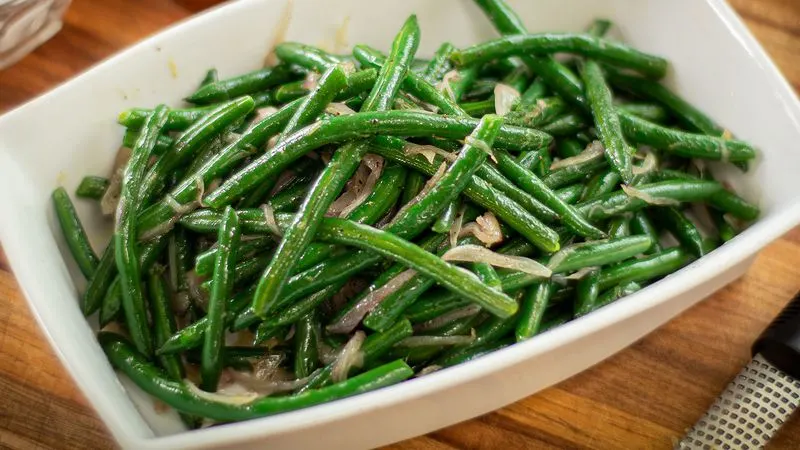
Green beans, also known as string beans, are a garden favorite that can be planted until mid-June. Choose between bush types or pole varieties, depending on your available space.
Plant seeds directly into warm soil, ensuring full sun exposure for best results. These beans grow quickly, and soon you’ll be picking crisp pods right from the vine.
An interesting fact: ancient Egyptians considered beans to be a food of the gods. Enjoy green beans steamed, sautéed, or even raw for a fresh garden snack.
Carrots
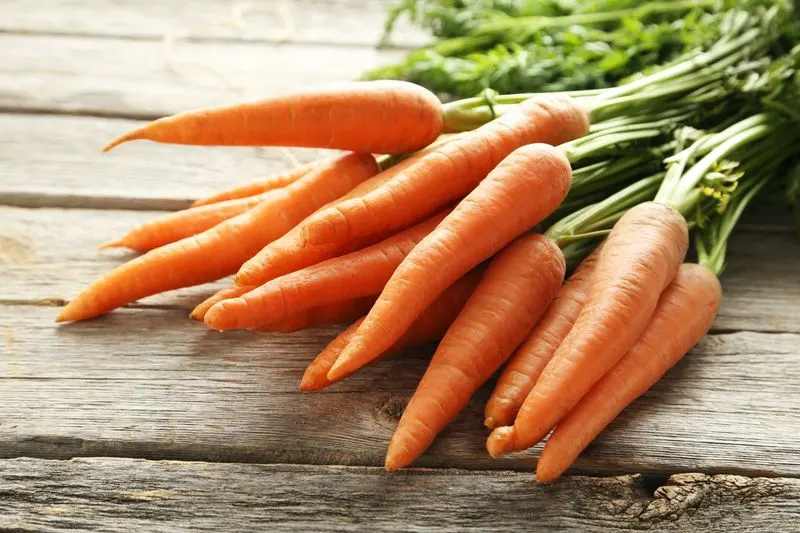
Carrots, with their sweet and earthy flavor, can still be planted in June in cooler regions. Prepare sandy, loose soil to encourage straight growth and prevent deformation.
Plant seeds thinly, maintaining consistent moisture for germination. In a few months, vibrant orange roots will be ready to grace your table. Carrots are not just a nutritious snack; their colorful varieties add visual appeal to meals.
Fun fact: carrot tops are edible and rich in nutrients. Consider using them in soups or salads for an extra health boost.
Lettuce
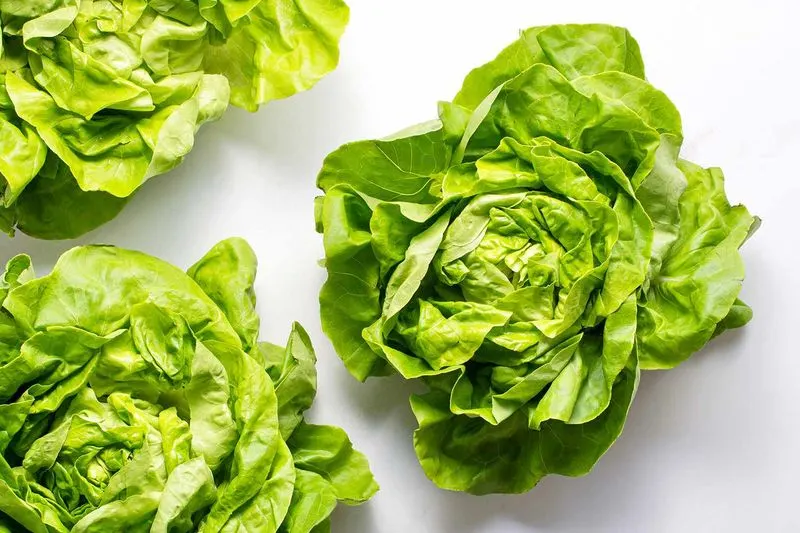
Lettuce, a staple for fresh salads, can still be sown in June, especially in areas with cooler nights. Choose a partially shaded spot to extend its growing season.
Sow seeds close to the surface, gently pressing them into the soil. Water consistently to keep the soil moist, encouraging swift growth. Within weeks, you’ll enjoy fresh, crunchy leaves.
Did you know? Lettuce was first cultivated by the ancient Egyptians, who regarded it as a symbol of fertility. Enhance your salads with homegrown greens this summer.
Peas

Peas thrive in cooler climates, making June a viable planting window in certain regions. Opt for a sunny spot with well-drained soil and plant seeds directly into the earth.
As the vines grow, support them with trellises or stakes. Before long, you’ll find yourself harvesting sweet pea pods, a delightful garden treat. Peas are not only nutritious but also fix nitrogen, enriching the soil.
Fun fact: peas were one of the first crops cultivated by humans. Enjoy them fresh or cooked, adding a touch of sweetness to your meals.
Beets

Beets, loved for their earthy sweetness, can be planted in early June for a fall harvest. Choose well-draining soil and a sunny spot to promote healthy growth.
Plant seeds shallowly, and keep the soil consistently moist. As they mature, their vibrant roots and greens can be harvested and enjoyed. Beets are rich in antioxidants and can be roasted, boiled, or juiced.
Did you know? Ancient civilizations used beets as a source of sugar. Embrace these colorful roots in your garden to brighten both your meals and your landscape.
Turnips

Turnips, with their peppery flavor, are an excellent choice for late planting. Sow seeds directly into the soil, opting for a sunny location to enhance growth.
They mature quickly, making them a rewarding choice for gardeners looking to maximize their harvest. Turnips’ leaves are edible too, adding versatility to your kitchen repertoire.
Here’s a fun tidbit: in the past, turnips were carved into lanterns before pumpkins became popular. Enjoy these dual-purpose plants both for their roots and greens in a variety of dishes.
Swiss Chard
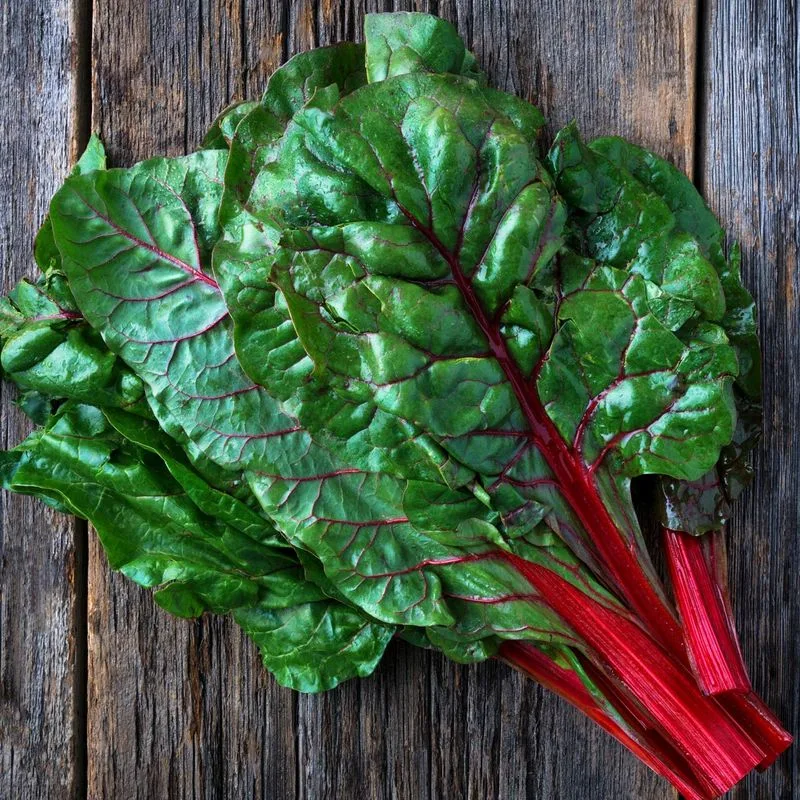
Swiss chard, with its vibrant stems, can still be planted in June for a late summer harvest. Select a sunny spot with fertile soil, and sow seeds directly.
This leafy green is both cold and heat-tolerant, making it a versatile addition to your garden. Enjoy the leaves fresh in salads or cooked as a nutritious side dish.
Did you know? Swiss chard is related to beets and shares their earthy flavor. Its striking appearance and health benefits make it a favorite among gardeners and chefs alike.
Dill
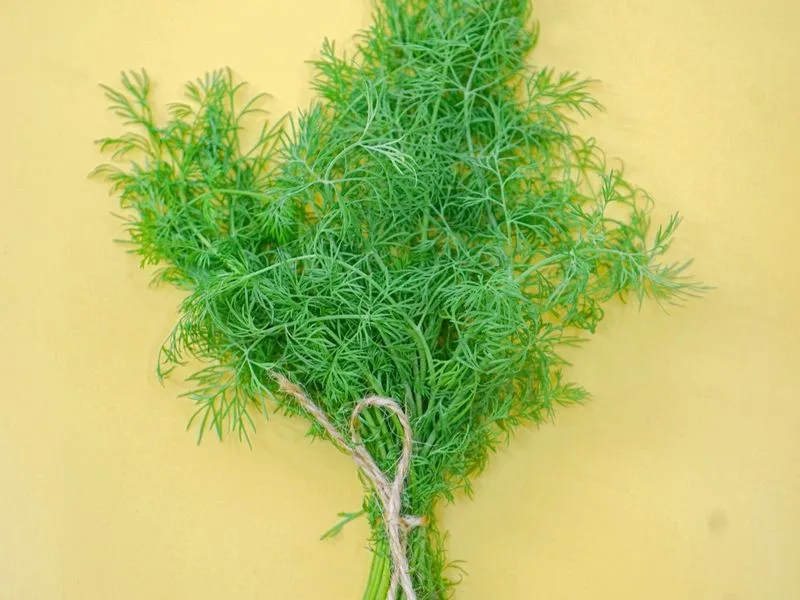
Dill, a fragrant herb, can be sown in June, providing fresh flavor for your culinary creations. Choose a sunny spot in your garden or a container with good drainage.
Plant seeds directly into the soil, keeping it moist until germination. Dill attracts beneficial insects, enhancing garden biodiversity. Use fresh fronds in salads, or dry them for later use.
Did you know? Dill has been used since ancient times for its medicinal properties. Whether enhancing pickles or seasoning fish, dill brings a unique zest to your dishes.
Kale

Kale, a hardy green, can still be planted in June, especially in cooler regions. Opt for a sunny or partially shaded location to prevent bolting.
Sow seeds directly into rich soil, and soon you’ll harvest nutrient-dense leaves perfect for smoothies or sautés. Kale’s resilience makes it a favorite for both novice and experienced gardeners alike.
Here’s an interesting tidbit: kale was a staple during WWII due to its high nutritional value. Enjoy this versatile green, packed with vitamins and minerals, in your garden and on your plate.
Cilantro
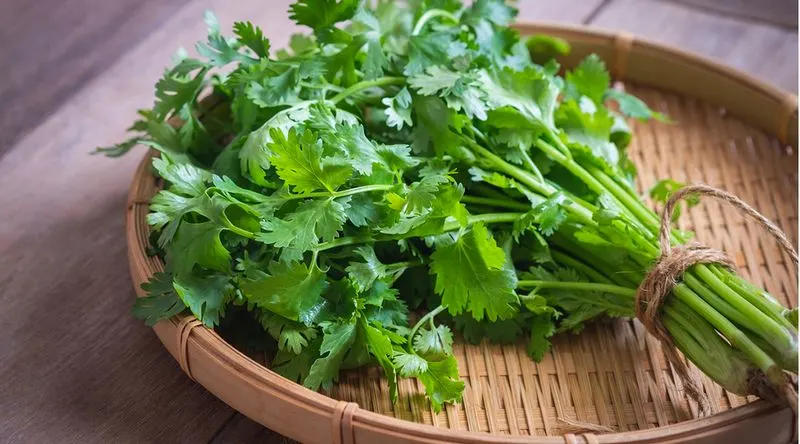
Cilantro, with its unique aroma, is best sown directly into the soil in June. Choose a partly shaded spot to prolong its growing season and prevent bolting.
Regular watering ensures lush growth, and its leaves add a fresh zing to various dishes. Cilantro’s seeds, known as coriander, are also a culinary delight.
Did you know? Cilantro is one of the oldest herbs, with use dating back to ancient Egypt. Whether you love or loathe its flavor, cilantro is an herb that brings a distinctive taste to your table.
Parsley

Parsley, a biennial herb, can still be planted in June, offering a fresh garnish for your culinary creations. Select a sunny or partially shaded area for optimal growth.
Sow seeds directly into the soil, ensuring consistent moisture. Once established, parsley thrives and can be harvested repeatedly. Its vibrant green leaves are rich in vitamins, making them a healthy addition to meals.
Here’s a fun fact: parsley was used by the ancient Romans to aid digestion. Enhance your dishes with this versatile herb for both flavor and nutrition.
Arugula
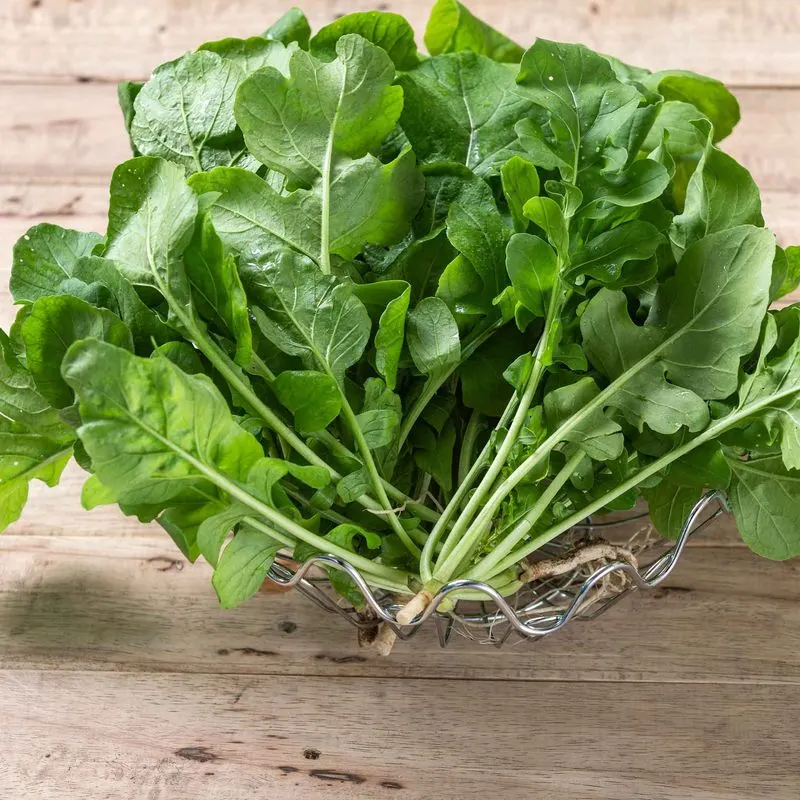
Arugula, known for its peppery flavor, can be sown in June for a quick harvest. Opt for a sunny spot with well-drained soil, and scatter seeds directly into the ground.
This leafy green matures rapidly, allowing for multiple harvests throughout the season. Arugula adds a zesty kick to salads and sandwiches, making it a favorite among chefs and home cooks alike.
Did you know? Arugula was considered an aphrodisiac in ancient Rome. Enjoy this spicy green fresh from your garden, and elevate your summer dishes with its distinctive taste.
Mustard Greens
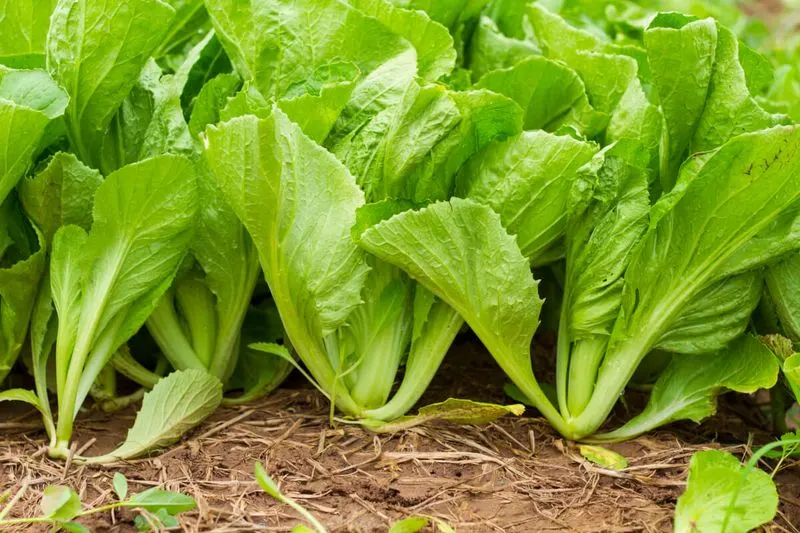
Mustard greens, with their distinct, spicy flavor, can still be planted in June. Choose a sunny spot with fertile soil to encourage robust growth.
Directly sow seeds, and ensure the soil remains moist for optimal germination. In a few weeks, you’ll harvest vibrant leaves that add a bold taste to your dishes.
Fun fact: mustard greens are rich in vitamins A, C, and K. Whether sautéed, steamed, or fresh, their unique flavor profile makes them a standout in any meal.
Summer Squash
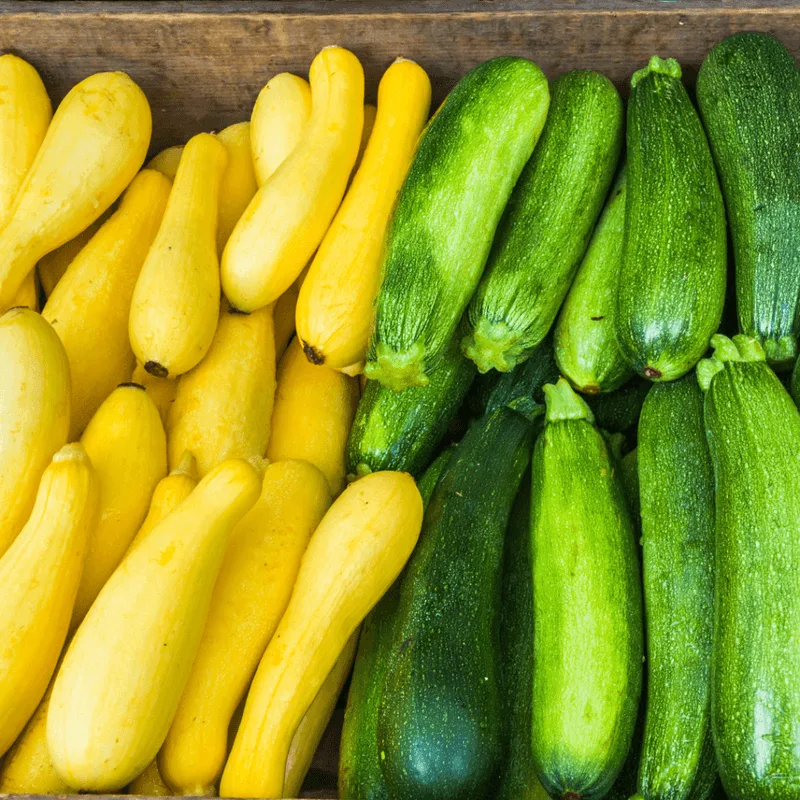
Summer squash, including varieties like pattypan and crookneck, can be sown in June. Ensure a sunny location and fertile, well-drained soil for optimal growth.
Plant seeds directly into the ground, and soon you’ll enjoy a bountiful harvest of these versatile vegetables. Summer squash is not only delicious but also rich in vitamins and fiber.
Did you know? Squash was a staple for Native Americans and is one of the “Three Sisters” in companion planting. Add these tender vegetables to your garden for a lush summer harvest.
Collard Greens
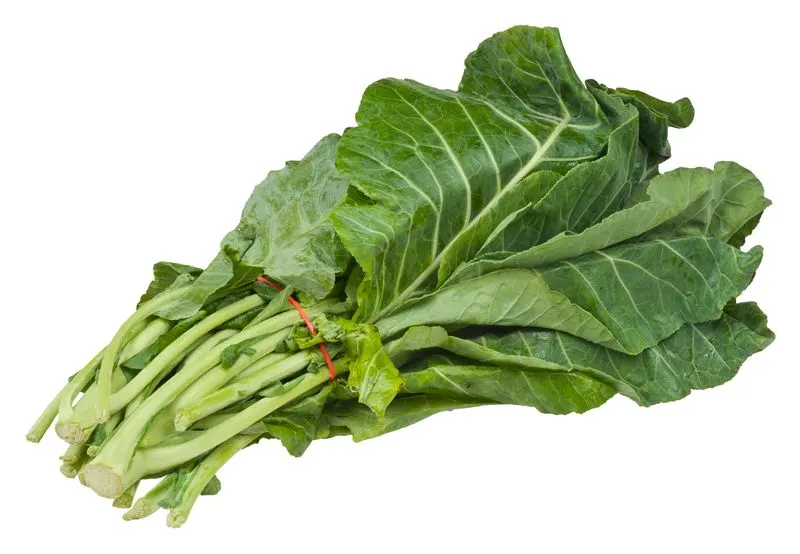
Collard greens, a staple in Southern cuisine, can still be planted in June. Opt for a sunny spot and fertile soil to encourage healthy growth.
Sow seeds directly, and keep the soil consistently moist. As they mature, harvest the broad leaves, which are rich in vitamins and perfect for hearty dishes.
Here’s an interesting fact: collard greens are often cooked with ham or bacon for added flavor. Enhance your garden and meals with this nutritious leafy green.
Sweet Corn
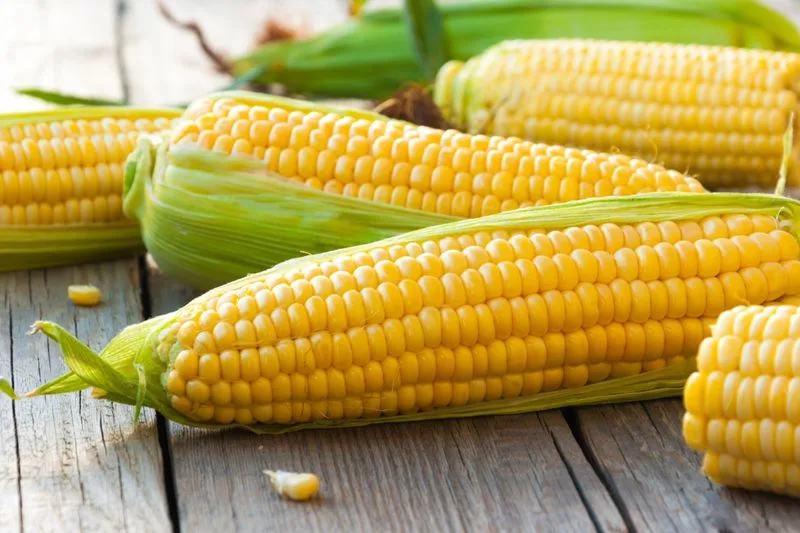
Sweet corn, a summer staple, can be planted until mid-June. Choose a sunny spot with well-drained soil, and plant seeds in blocks to ensure proper pollination.
Water consistently and watch as tall stalks emerge, eventually producing ears of golden kernels. Freshly harvested corn on the cob is a treat for any barbecue.
Fun fact: corn is a member of the grass family and is grown on every continent except Antarctica. Relish the taste of summer with sweet corn fresh from your garden.
Okra
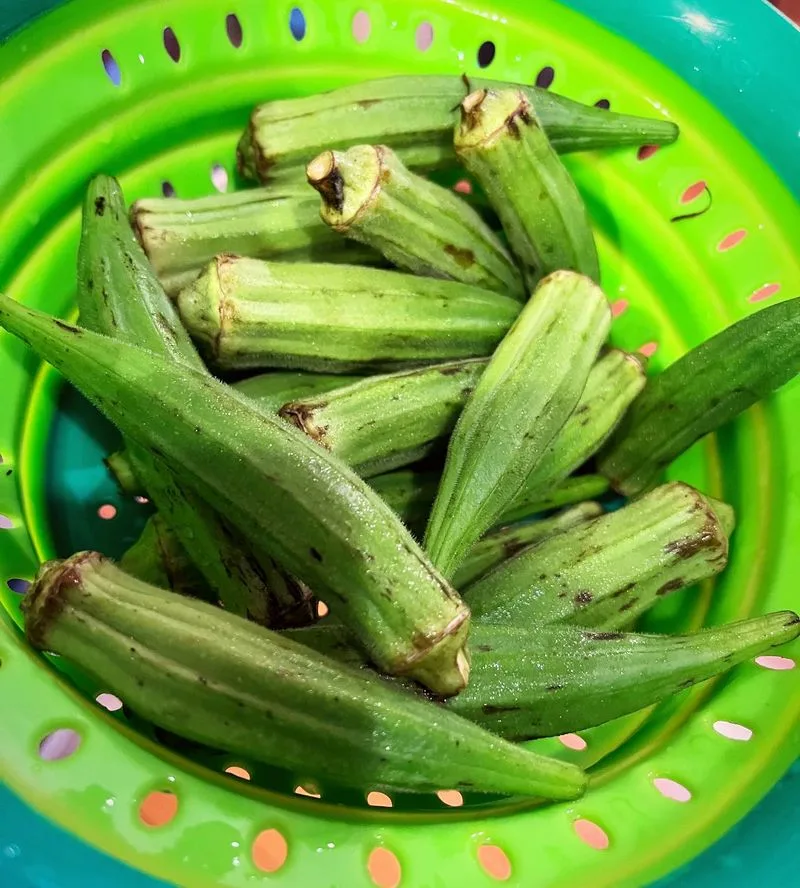
Okra, known for its edible green pods, can still be planted in June in warmer climates. Select a sunny spot with well-drained soil for best results.
Directly sow seeds, and ensure regular watering. Soon, the plant will produce its characteristic pods, ideal for frying or adding to stews.
Did you know? Okra is often called “ladies’ fingers” due to its slender shape. Enjoy the unique texture and flavor of okra, a staple in Southern and Creole cooking, straight from your garden.
Pumpkins
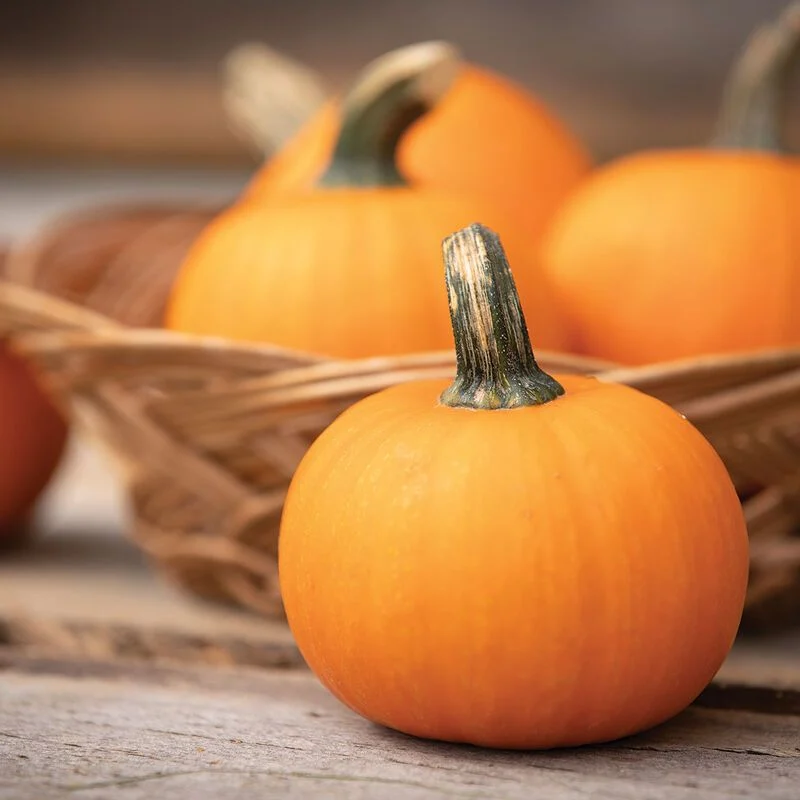
Pumpkins, synonymous with autumn, can still be sown in June for an October harvest. Choose a sunny spot with ample space for vines to spread.
Plant seeds directly, and keep the soil consistently moist. As they grow, you’ll witness the transformation from tiny blossoms to robust pumpkins.
Pumpkins aren’t just for pies; their seeds are a nutritious snack too. Did you know? The largest pumpkin ever grown weighed over 2,600 pounds. Cultivate your own patch, and enjoy the fruits of your labor come fall.
Watermelon

Watermelon, a refreshing summer treat, can still be planted in June. Select a sunny area with sandy soil for optimal growth.
Plant seeds directly, and keep the soil moist as seedlings establish. As vines spread, you’ll soon relish the sweet, juicy fruits. Watermelon is not only delicious but also hydrating, perfect for hot days.
Fun fact: watermelons are 92% water, making them an excellent choice for hydration. Enjoy a taste of summer with homegrown watermelon from your garden.

